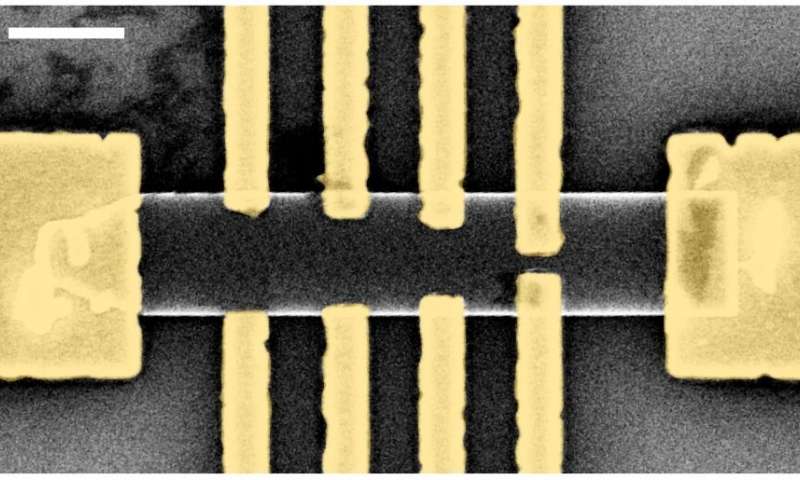One of the first things people do when they come
across a new material with potentially interesting electronic
properties is measure the Hall voltage. Never has this been more
true than with the explosion of new 2-D materials, but it turns out
that often, devices made out of 2-D materials intended to take Hall
voltage measurements have inappropriate geometry. This is just what
Adam Micolich and his team at the University of New South Wales
found when they began studying the characteristics of the 2-D III-V
semiconductor InAs, and realized there was a mismatch they needed
to account for between the set-up they had and the set-up they were
aiming for. “We figured this must be in the literature; we can’t be
the first to want to correct this, but there was actually nothing
out there,” he tells Phys.org.



